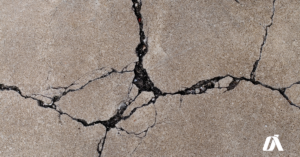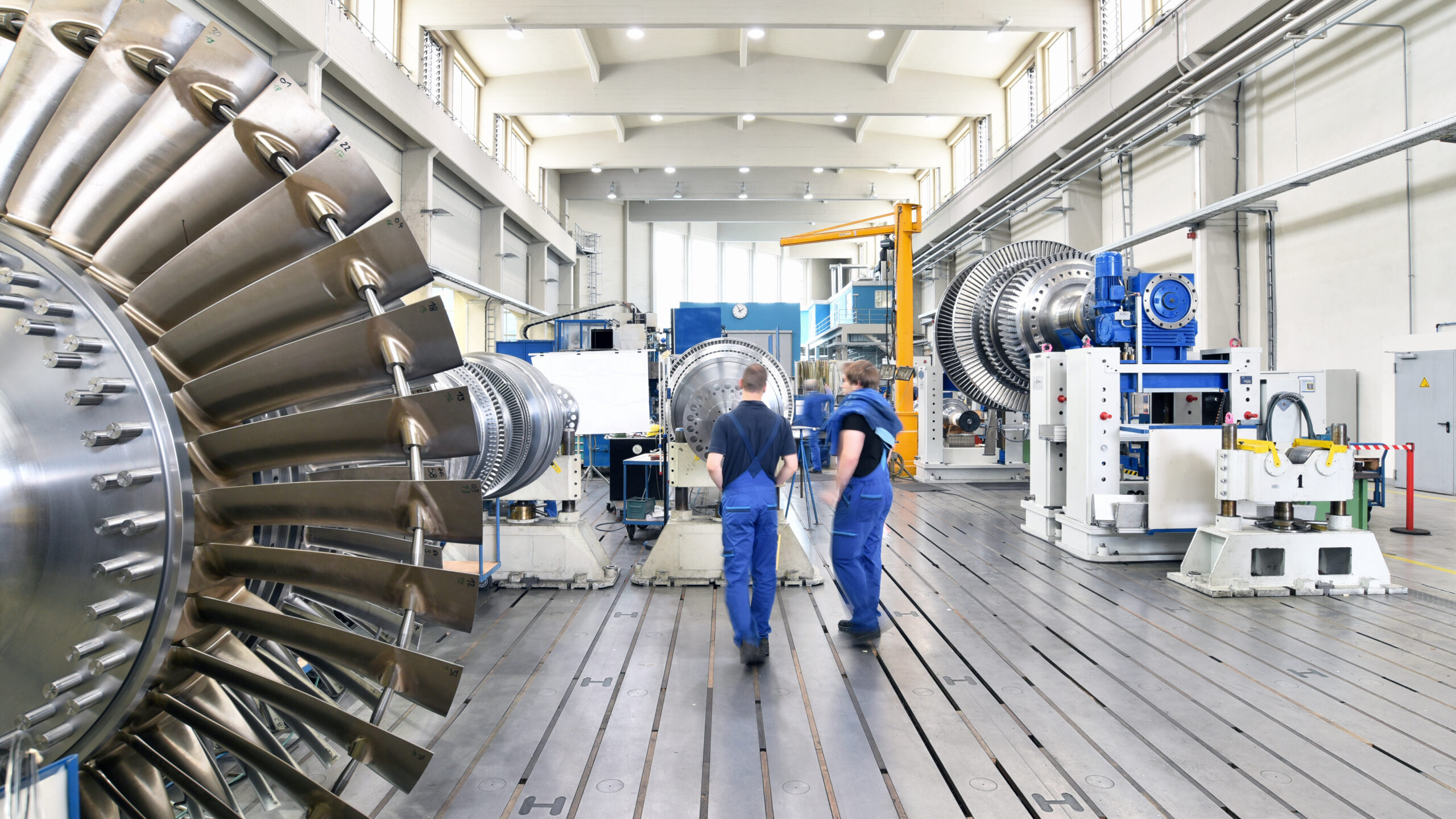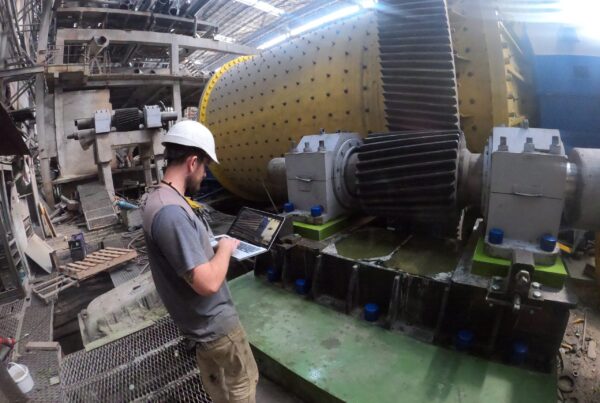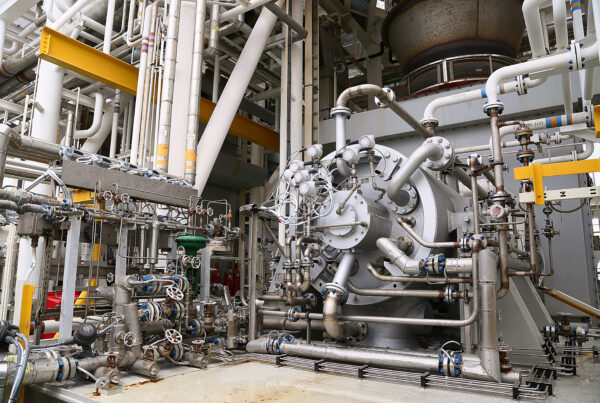When it comes to power generation, gas turbines stand out for their efficiency, flexibility, and rapid start-up capabilities. However, the high-performance operation of gas turbines is not without its challenges, particularly when it comes to the foundation integrity of these massive machines. The intense vibration and thermal stresses associated with gas turbine combustion can lead to significant foundation issues, undermining the operational efficiency and safety of power plants.
How do Gas Turbines Work?
Gas turbines operate on the principle of converting fuel energy into mechanical energy, which is then used to generate electricity. The process begins with air being drawn into the compressor, where it’s pressurised and directed into the combustion chamber. Here, the compressed air mixes with fuel, typically natural gas or aviation fuel, and is ignited. This combustion produces high-pressure, high-temperature gases that then flow through the turbine section. As these gases expand and cool, they spin the turbine blades connected to a shaft. This shaft also drives the compressor and an electrical generator, producing power.
The efficiency of a gas turbine is significantly influenced by the materials used in its construction, which must withstand extreme conditions, and the cooling techniques employed to maintain structural integrity at high operating temperatures.
The Impact of Vibration on Turbine Foundations
Understanding the Vibrational Forces
Gas turbines operate at high speeds, with rotor speeds often exceeding 10,000 RPM. This generates significant vibrational forces, which are transmitted to the foundation. According to various studies published, excessive vibration can lead to resonance in the foundation structure, amplifying the stress and leading to potential failure points.
The Statistical Reality of Foundation Deterioration
According to a study found in the International Journal of Structural and Civil Engineering Research, it was reported that inadequate foundation performance can lead to significant machinery failures. Machine learning techniques were used to assess how different load conditions affect the failure rates of concrete machine foundations in the gas and oil industry. This not only poses significant safety risks but also results in significant safety risks but also results in costly downtimes and repairs. The economic impact of these failures extends beyond immediate repair costs, affecting the overall efficiency and reliability of power generation facilities.
The Role of Thermal Stresses in Foundation Integrity

Thermal stresses in gas turbine operations present a complex challenge for foundation stability. The cyclic nature of turbine operation, with rapid heating during start-up and cooling during shutdown, leads to thermal expansion and contraction of turbine components. This thermal cycling can induce significant stress variations within the foundation, potentially leading to microcracking and, over time, more significant structural damage.
From an engineering perspective, understanding the material behaviour under such thermal cycles is crucial for designing foundations that can accommodate these stresses without compromising structural integrity. Advanced materials with high thermal stability and innovative design strategies, such as flexible joints or damping systems, can be employed to mitigate these effects, ensuring the foundation’s resilience against the dynamic thermal environment of gas turbine operations.
Innovative Solutions for Foundation Stability
Addressing these challenges requires a multifaceted approach, combining advanced engineering, precise material selection, and state-of-the-art repair techniques. Here at Alphatec Engineering we are at the forefront of this field, offering specialised services that ensure the longevity and reliability of turbine foundations. Through detailed assessments, custom-engineered solutions, and expert implementation, we can provide the necessary support to mitigate the risks associated with vibrational and thermal stresses.
Conclusion
Gas turbines play an indispensable role in the global energy landscape, contributing significantly to the world’s power generation mix. As a versatile and flexible source of electricity, gas turbines are pivotal in meeting peak power demands and supporting the integration of renewable energy sources.
According to Statista, gas turbines account for approximately 22% of global power generation, positioning natural gas as the second-largest source of power generation behind coal. This substantial share underscores the critical role gas turbines play in ensuring a reliable and balanced energy supply across the globe, highlighting their importance in both developed and emerging economies.



